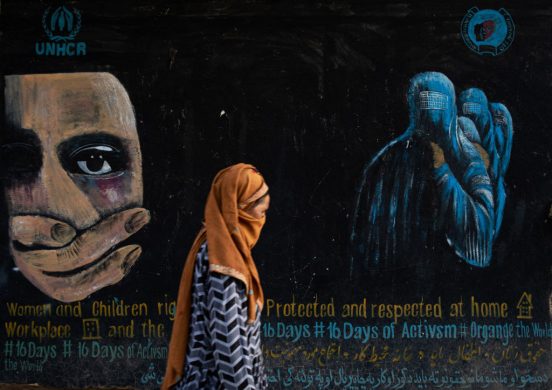20 January 2016 (IMF): “Comprehensive reforms are needed to entrench macroeconomic stability and to foster a more inclusive growth, so that the economy can fully benefit from the lifting of economic sanctions,” said Martin Cerisola, the IMF’s mission chief for Iran.
“The outlook for 2016/17 would improve,” he added, “with a successful implementation of the comprehensive agreement of July 2015 between world powers and Iran.”
Brighter outlook
Economic performance has stalled in recent months with key sectors—manufacturing and construction—contracting significantly. Real GDP growth is now projected to decelerate from 3 percent in 2014/2015 to between ½ percent to – ½ percent in 2015/2016, because of the drop in oil prices, and the postponement of investment and consumption decisions ahead of the expected lifting of sanctions.
The recent lifting of economic sanctions is expected to help increase oil production and exports, and lower costs for trade and financial transactions. Access to foreign assets is also anticipated to be restored. Under these assumptions, real GDP growth is projected to accelerate to 4–5½ percent in 2016/17 and to average 4 percent throughout the medium term.
Reform setting in a post-sanction economy
The relief of sanctions also brings forth many challenges to address. Higher oil revenue and greater capital inflows stemming from increased trade and financial transactions could potentially lead to exchange rate appreciation. Mitigating such pressures could be achieved through reforms that support the authorities’ goal of bringing Iran’s inflation to the single digits by 2016-2017 sustainably, down from the high levels experienced in recent years, the IMF noted.
The IMF report welcomes the authorities’ commitment to sound fiscal policy. The overall fiscal deficit declined over the past year, from 2¼ percent of GDP to nearly 1¼ percent of GDP, thanks to increased domestic revenue and subsidy reforms.
“Continued efforts in reducing fuel subsidies and mobilizing domestic tax revenue would help contain and reduce the fiscal deficit in the years ahead and dampen upward pressures on the real exchange rate, and thus provide room for infrastructure investment,” said Cerisola.
The report also recommends a medium-term fiscal framework, to increase domestic tax revenue collection, and to develop fiscal buffers to protect the fiscal space for investment spending on infrastructure and human capital.
Reducing and stabilizing inflation is also important. Here the authorities’ focus on strengthening the Central Bank of Iran’s mandate on price stability is a critical step in consolidating macroeconomic stability.
“Central to the need to boost sustainable growth and employment are reforms to address structural weaknesses in the economy,” said Cerisola. A durable reduction of real interest rates should be predicated on addressing financial sector vulnerabilities, namely resolving the high nonperforming assets, restructuring banks, addressing unlicensed financial institutions, and strengthening the Central Bank of Iran supervisory framework.
In addition, the country can take measures to increase productivity by attracting modern technology from trading partners, and by implementing reforms targeting specifically labor-intensive sectors, such as services and agriculture.
“By sustaining the progress made towards stabilizing economic conditions, enhancing the policy framework, and repairing corporate and bank balance sheets, the country would take a decisive step to becoming a fast-growing emerging economy,” Cerisola concluded.














